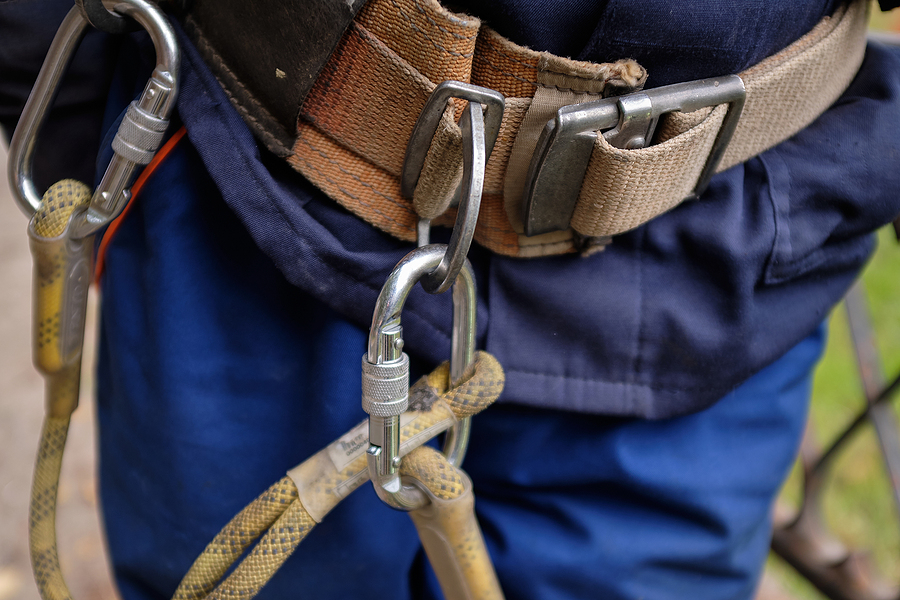Workplace Fall Protection Information & Strategies All Business Owners Should Know & Follow

OSHA has made fall protection resources available online to ensure that employers and employees are informed of the latest regulations.
What are the advantages of fall protection?
Fall-related injuries and deaths are the most common workplace incidents. Employers must ensure that the working area is safe to protect employees from falling from platforms, high workstations, and through the gaps in the floor and walls.
What can be done to reduce falls?
Employers must make sure that the workplace is safe by implementing fall protection measures such as guardrails, toe boards, and safety equipment. Different industries have specific height requirements for fall protection, ranging from four feet in ordinary industries to five feet in shipyards, construction, and shoring enterprises. OSHA also requires fall protection when working near hazardous equipment, regardless of the height.
To safeguard workers in case of a fall, employers must take several measures:
- Regularly inspect for any openings in the floor that could pose a hazard to workers, using railings and toe-boards or floor hole covers.
- Put guard rails and toe-boards at or around each elevated open-sided platform, floor, or runway.
- Install guardrails and toe-boards regardless of machine height to prevent falls and injuries during accidents.
- Use safety harnesses and lines, safety netting, banister railings, and handrails as fall protection for activities.
In addition to these measures, OSHA requires employers to:
- Provide employees with a hazard-free work environment.
- Maintain clean and dry flooring in work areas whenever feasible.
- Ensure that workers do not bear the cost of necessary personal protective equipment.
- Communicate potential job hazards to workers in a language they understand.
How to Protect Workers from Falls
Businesses can apply various measures along with standard methods to protect workers from falling, including safety net systems, guardrail systems, and personal fall protection systems. Sufficient training and safe practices need to be established. Employers also have the power to control workers’ exposure to fall risks using things like warning lines, designated areas, and control zones, as per OSHA standards.
Before the job is initiated, employers should carry out a risk assessment and create a complete fall protection plan. Through this preemptive approach, fall hazards can be spotted and handled well. Collaborate with workers to decide the location of attachment for fall protection equipment and provide elaborate training on the proper use and inspection of such equipment.
Employers will find it easy to assess and identify fall protection hazards that exist in their workplace by making use of the resources around them.
